![]()
![]()
![]()
Use LEFT and RIGHT arrow keys to navigate between flashcards;
Use UP and DOWN arrow keys to flip the card;
H to show hint;
A reads text to speech;
24 Cards in this Set
- Front
- Back
|
Producer |
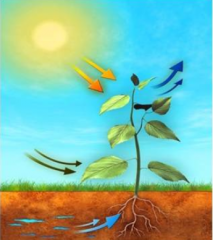
Makes its own food example: grass |
|
|
Consumer |
gets food from other organisms example: cow |
|
|
Predator |
hunts animals for food example: lion |
|
|
prey |
hunted for food example: zebra |
|
|
decomposer |
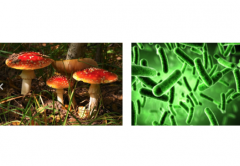
gets food from dead organisms or the waste of organisms example: mushroom (fungus) |
|
|
parasite |
receives benefits from the organism that it lives in, with, or on example: flea, tick, leech, nematode, parasitic wasp |
|
|
host |
provides benefits to a parasite resulting in harm to itself ex: dog |
|
|
photosynthesis |
plant's leaves and stems make sugars and release oxygen by using the Sun's energy, carbon dioxide and water |
|
|
Ecosystem |
mix of all biotic (living) and abiotic (non-living) things, conditions, and interactions in an area; organisms and populations depend on and may compete for resources and are affected by other factors (like temperature and humidity) within the ecosystem |
|
|
Run-off |
rain water containing soil contaminated with fertilizers reachers the ocean; the build up of soil destroys coral reef habitats; the nutrients in the runoff affect oxygen levels and change the ocean's ecosystem, resulting in fish deaths |
|
|
artificial reefs |
sunken human-created structures (like old trucks, boats, or bridges) provide a home for marine life like corals and sponges |
|
|
Overfishing |
humans remove fish until that species' population is greatly reduced or even eliminated |
|
|
Biotic factors |
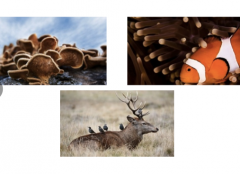
LIVING factors in the environment plants, animals, fungi |
|
|
Abiotic factors |
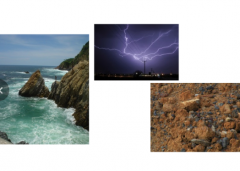
NON LIVING factors in the environment soil, sun, water |
|
|
Herbivore |
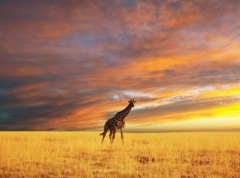
An organism that eats only plants ex: giraffe |
|
|
Carnivore |
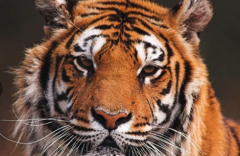
An organism that eats other animals ex: tiger |
|
|
Omnivore |
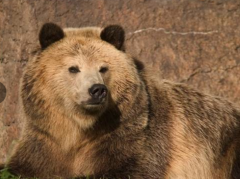
An organism that eats both plants and animals ex: bear |
|
|
Aquatic Ecosystem |
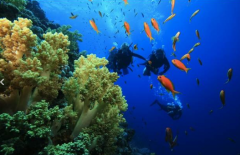
An ecosystem that is located in bodies of water. |
|
|
Terrestrial Ecosystem |
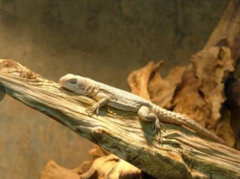
An ecosystem that is found on land. |
|
|
Marine Ecosystem |
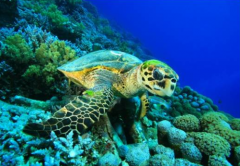
An ecosystem found in oceans, seas, and gulfs where the water has a salt content. |
|
|
Freshwater Ecosystem |
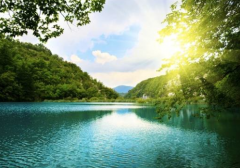
An ecosystem found in streams, lakes and rivers |
|
|
Autotroph |
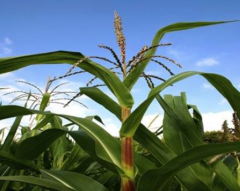
An organism that obtains its nutrition from simple, inorganic compounds. Ex. Producers |
|
|
Heterotroph |
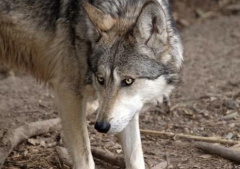
An organism that must use other organisms for food, such as animals. |
|
|
Competition |
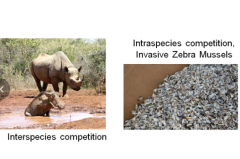
When more than one individual or population in an ecosystem relies on the same resource. (water, food, space, shelter) |

